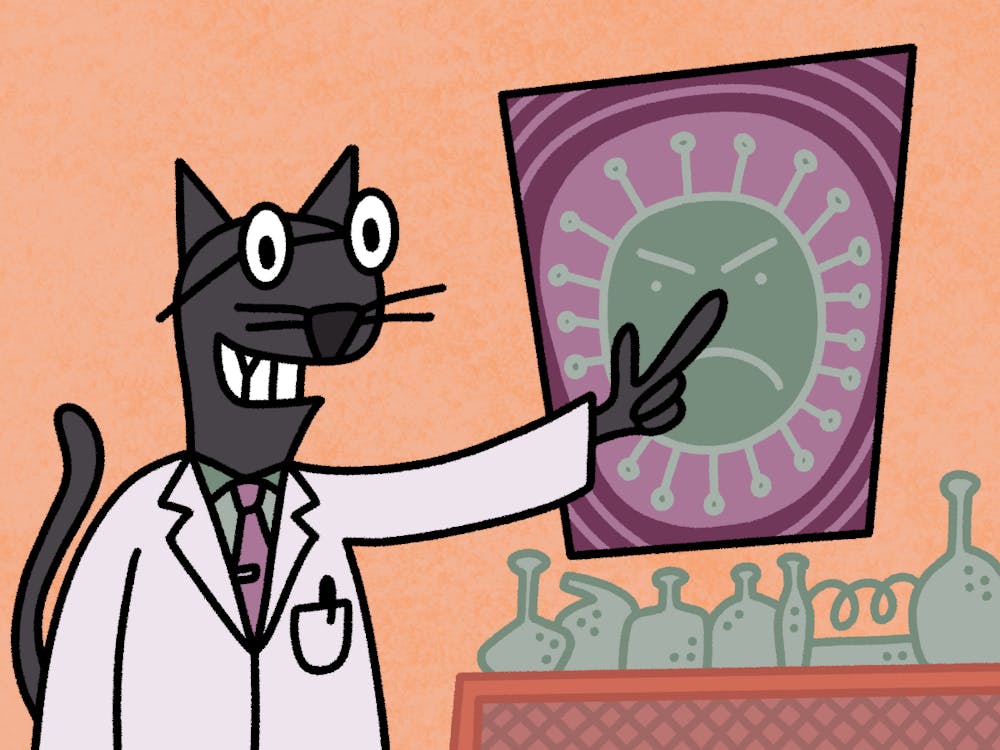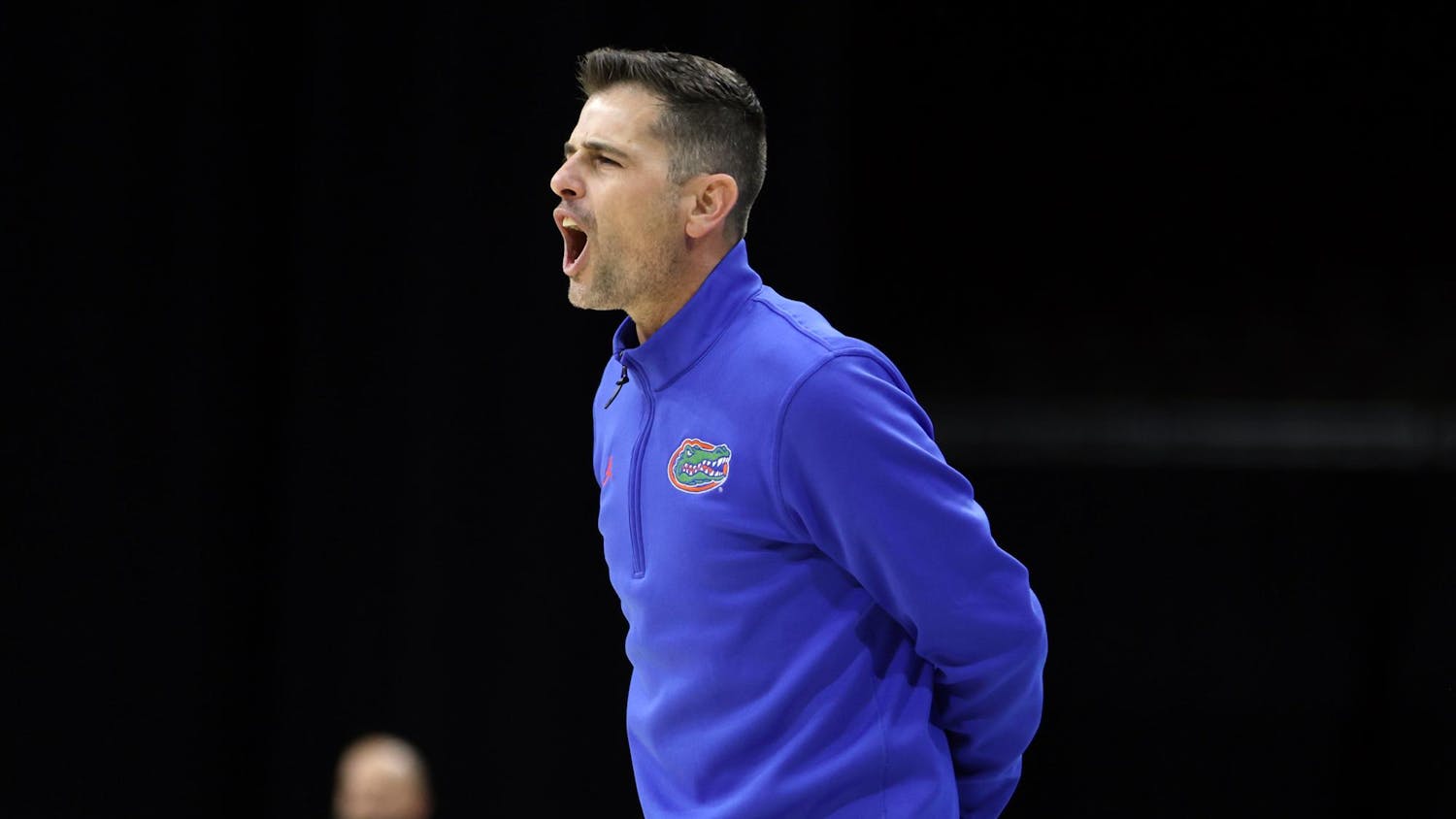Behind 68-year-old John Lednicky’s Gainesville home lies a vast array of greenery that makes for the perfect place for Pepper, his cat, to prey on smaller mammals. Patrolling his territory, Pepper often leaves rodents on the UF research professor’s door.
Instead of throwing away Pepper’s prizes, Lednicky brings them to his virology lab, leading to groundbreaking scientific discoveries.
Thanks to Pepper, Lednicky’s team uncovered the first case of jeilong virus found in the United States.
Lednicky has discovered over 10 viruses no one knew were in Florida, many of which are transmitted by insects and kill farmed deer. His team is working on finding deer pox virus in different vectors, or organisms that infect one host to another.
Curiosity drove the team’s first discovery. With his cat often nearby, Lednicky began to wonder what viruses he might be exposed to.
“You never know what’s in your own backyard,” Lednicky said.
Lednicky’s UF group identified an unknown virus in Haiti in 2014 that went overlooked by the scientific community. In 2016, Brazil experienced a significant outbreak causing birth defects.
It was the Zika virus. Only after the virus’ detrimental effects did people finally start paying attention to the team’s work.
Lednicky pioneered the idea of COVID-19 being airborne after conducting a study in a UF hospital in 2020. Despite many refuting his idea at the time, it’s now proven to be an airborne virus.
“There’s always a thrill when you find something and then it turns out your finding is really significant for the medical community,” he said. “You work endless hours, you do all this stuff and people don’t see the significance of what you do until much later, but for us it’s very satisfying.”
Despite a lack of funding for researchers across the U.S., Lednicky said UF virologists still find joy in discovery, even if it may be a “depressing time” for scientists.
The next step in the virus discovery process would be risk analysis or an in-depth examination of the virus’ behavior. It becomes difficult to prove virus prevalence to agencies when research is in an early stage, leading to limited financial support.
Blending disciplines is a major part of a virologist’s job, Lednicky said. With viruses too small to physically observe, researchers have to think creatively and invent procedures that will improve their work along the way. Lednicky depends on abstract clues without knowing he might have tangible results until the very end.
Andy Williams, a 48-year-old graduate research assistant and Lednicky’s colleague, currently works on UF/IFAS’ Cervidae Health Research Initiative, or CHeRI, alongside Lednicky’s team.
His project aims to stop viruses from infecting deer across Florida. Williams hopes there will be enough information when his research is completed to create a deer vaccine.
Emily DeRuyter, a 26-year-old UF doctoral candidate and graduate researcher in Lednicky’s lab, said vectors primarily seen in Latin America are migrating to Florida. With temperatures bound to increase, mosquito-borne viruses are more prominent.
DeRuyter describes Lednicky’s study as opportunistic. While many researchers might not turn to their pets for help, Pepper’s sampling is a new iteration of decades-old scientific methods, she said.
“[Lednicky] is always open to unconventional ideas and gets excited by different processes, so we try [to] emulate that,” DeRuyter said. “We only know as much as we know right now, so there’s always potential for new scientific information to be unveiled. There’s always the opportunity for new findings that completely change everything.”
Contact Autumn Johnstone at ajohnstone@alligator.org. Follow them on X @AutumnJ922.
Autumn Johnstone is a freshman journalism/art student and a music reporter for The Avenue. When they're not writing, you can find them enjoying a nice cup of coffee at a nearby café or thrifting for vinyls.






